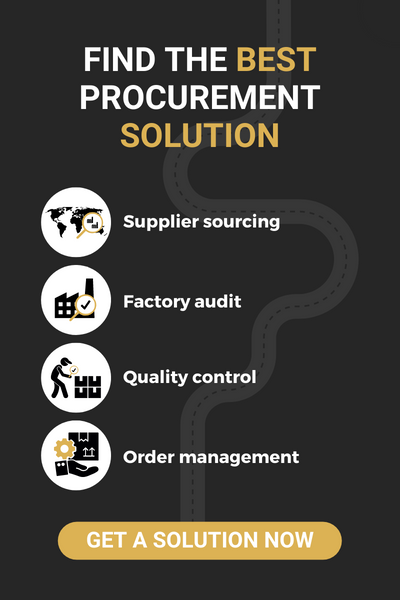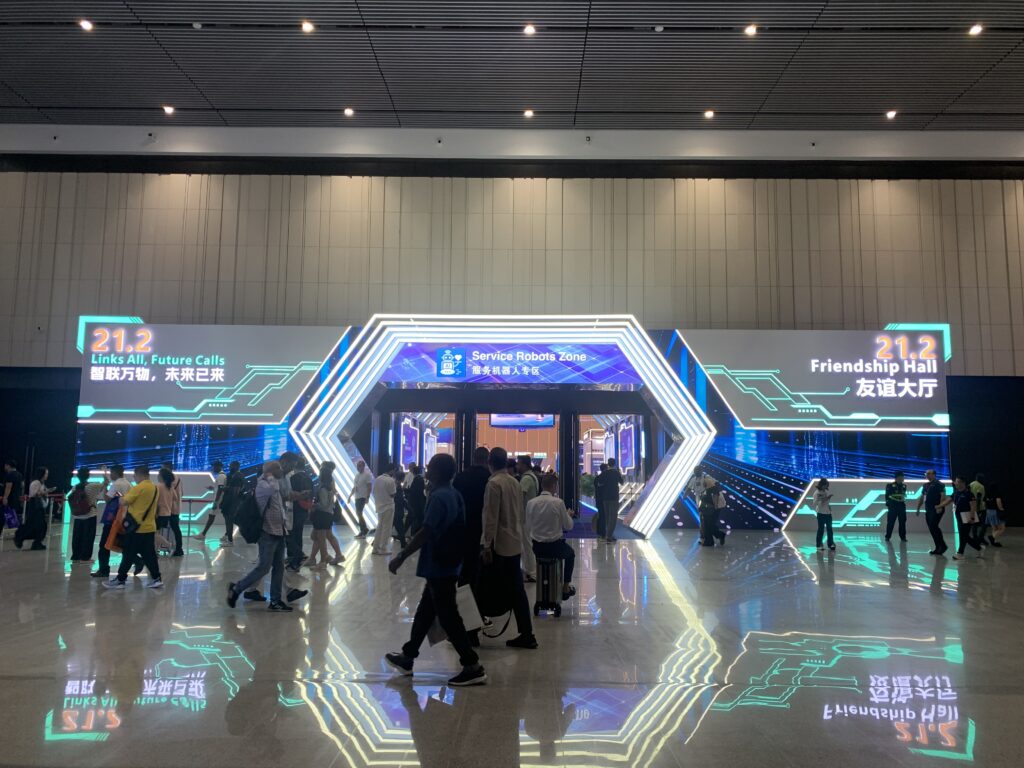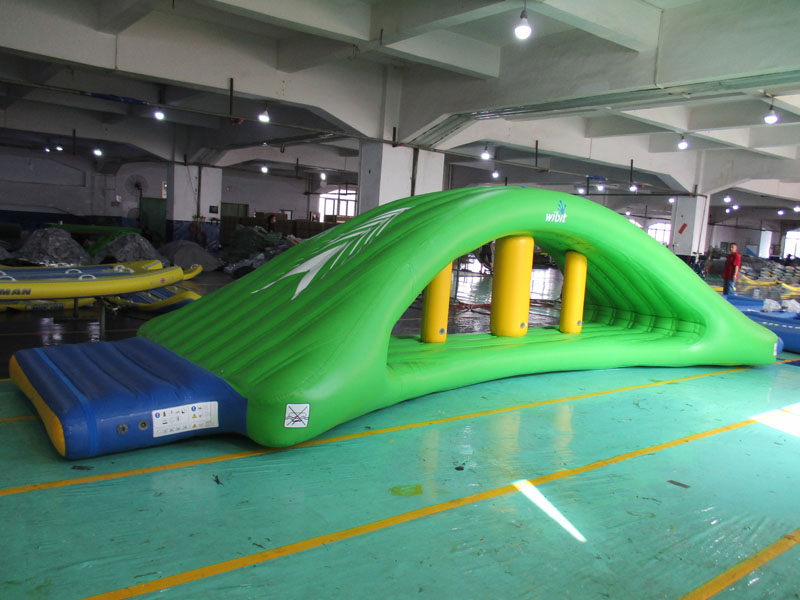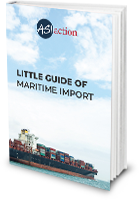Importing goods from China is a strategic choice in international trade highly valued by buyers, but not easy to implement. To make a profit, you must ensure the quality of the imported products and the reliability of your suppliers for an Import China. Even if you have experience in purchasing, there are solutions that allow you to secure your supplies and to bring a real added value to your import department.
You want to start importing Chinese products, you want to start a new import/export activity, generally you are looking for a solution to import your goods from China?
You are in the right place! In this article, we will talk about China import solutions to ship your goods and we will even give you the best solutions to optimize your import process
Import China: by which means?
Let’s first study all the solutions to ship your goods from China.
For an Import China, two solutions are available to you: shipping by sea and shipping by air.
How to import from China while ensuring that your goods are shipped safely? To do so, it is important to choose the appropriate means of transportation for your goods, your budget and your deadline.
The three main differences between shipping goods by sea and by air are transit time, cost and environmental impact. For shipping products purchased in China, it is important to plan for 35 to 40 days by sea compared to 10 days by air.
Import China by air freight
The fastest and most expensive way to ship than sea freight is by air. Air freight can cost up to 10 times more than sea freight. You can send your goods express (3-4 days) or conventional (7-12 days). Air freight is a cost-effective option for valuable, perishable and small volume items.
Air freight can be calculated in two different ways. The first method is the cost per kilogram multiplied by the weight of the cargo, the actual (gross) weight.
However, for goods with a low weight but high volume, the volume can be charged instead of the weight, this is called a volumetric weight.
Let’s take two examples to show the calculation of actual and volumetric weight for an import from China.
In air freight, the rule of equivalence weight/volume is the following: 1 ton = 6 m³ (i.e. 1 m³ = 167 kg)
Calculation of the gross weight
Dimensions: 0.832 m³ (0.832 cubic meter)
Gross weight: 160 kg (0.16 tons)
There are 2 ways to calculate it: by dividing the volume by 6 to refer to tons or by multiplying the volume by the volumetric factor 167 to refer to kg.
So, volumetric weight in classic air freight = 0.832 m³ * 167 = 138.94kg
Or, to calculate in tons, this gives us: 0.832 m³ / 6 = 0.138 tons
Actual weight: 160 kg > volumetric weight: 138 kg
The gross weight is higher than the volumetric weight so the gross weight will be applied for taxation.
Calculation of the volumetric weight
Dimensions: 0.832 m³ (0.832 cubic feet)
Gross weight: 80 kg (0.08 tons)
So, volumetric weight in classic air freight = 0.832 m³ * 167 = 138.94kg
Or, to calculate in tons, this gives us: 0.832 m³ / 6 = 0.138 tons
Actual weight: 80 kg < volumetric weight: 138 kg
The actual weight is lower than the volumetric weight so the volumetric weight will be applied for taxation.
As a result, the “pay for” rule is applied by the airlines. This rule allows to benefit from the advantage of the degressive scale: the higher the weight, the lower the price. Adjusting the weight of the transported goods will allow to reach a lower price per kilogram and thus to make savings.
We recommend you choose air freight for small shipments not exceeding 1 m³ and 200kg for a China import. In this case, air freight is not the best solution to import your products. It is suitable for perishable and light goods, if it is not the case of your goods, we recommend you choose a China import by sea.
Import China by sea freight
Import China by sea freight is the most cost-effective way to import your goods from China. There are two ways to import your goods from China: FCL and LCL. The choice of this type of shipment is determined by the volume of goods you want to import to choose the right container.
Full Container Load (FCL)
FCL or Full Container Load refers to a full 20″ or 40″ container with cargo destined for a single importer.
If you are importing from China, FCL shipping is the cheapest method of shipping but requires that your cargo is large enough to fill a container. As an example, for a 40” container, you need 67 m³ of volumetric capacity and 33 m³ for a 20” container.
The price of a full container varies. Exchange rates, oil prices and other charges, such as congestion, surcharges during the high season will also affect the price of a container.
Less than Container Load (LCL)
On the other hand, LCL or Less than Container Load, also known as groupage, refers to cargo in a single container belonging to several different buyers. An LCL shipment allows buyers to import a small volume of goods that cannot fill a container on their own.
The LCL price is calculated by volume (in m³). The higher the volume, the higher the price. Incoterms negotiation also affects shipping costs. For example, for EXW Incoterms, if the goods have to be picked up hundreds of kilometers inside China, the pickup costs will be significantly higher than if the supplier was based in Shanghai and has its own port.
Calculation of sea freight
Sea freight is calculated in 3 steps: determination of a paying unit (PU), calculation of the base freight and calculation of the net freight including adjustments.
To determine the paying unit, the volume and mass of the goods are taken into consideration. Once the two values are known, they are compared to determine the cost of sea freight. To do this, the rule of equivalence in sea freight is used, which is: 1 m³ = 1 ton.
At the end of the comparison, the unit chosen is the one that is higher, and it is called the UP.
For example, for a cargo with a volume of 74 m³ for a mass of 75 tons, we obtain: 75 tons > 74 m³. The paying unit here is the ton and the number of paying units is 75.
To calculate the base freight, multiply the cost of the UP by the number of UPs.
Let’s take an example with a freight that is equal to $540 per UP.
Base freight = 540 * 75 = $40,500. This value will allow you to calculate the net freight and therefore the sea freight.
To calculate the net freight, we consider the basic freight and the supplements which are the BAF (Bunker Adjustment Factor), CAF (Currency Adjustment Factor), CSP (Congestion Surcharge) and the rebates (reductions granted by the shipping companies according to the regularity or the importance of the shipments).
Thus, the following formula is applied: Net freight = basic freight + BAF + CAF + CSP – Rebate
This gives you the cost of sea freight.
As we have seen, shipping by sea is the ideal solution for importing large quantities of goods from China at a lower rate than air freight. However, it is a solution that requires time.
Now that we have seen the existing ways to import your goods from China, we will reveal the best China import solutions that will make you optimize your import department.
The best solutions for a China import
Importing products from China is a practice known by buyers but difficult to achieve. Many do not dare to launch their import department into buying in China.
However, importing from China is a strategic solution that has many advantages.
- China is the first exporter in the world, it is the world’ s workshop so you can find almost everything in China.
- A large choice of suppliers: thanks to the extreme competition between Chinese suppliers, there are several suppliers for each product who are often located in the same regions and with similar products. A beneficial competition for you, buyers, in China import!
- Lower manufacturing costs compared to other countries.
Nevertheless, if buyers are reluctant to switch their purchases to China, it is because of the disadvantages that importing from China presents. Although we will see below that these brakes all have a solution 👀
- The distance is a major barrier since not knowing where you are stepping is a nightmare for any buyer. The situation in China with the “zero covid policy” does not allow to go there anymore so many give up the idea of importing China. However, there are solutions to import from China without being on site, we will see them in this article.
- The language barrier is difficult to overcome because if you can’t communicate with your supplier, you are already sure that your order will fail.
- A longer delivery time. Indeed, for a China France import by sea, it takes between 40 and 45 days. This means that you must be prepared in advance to respect your deadlines in China import.
- The scams. Because you are not in the country, it is obvious that scams are a crucial point that makes buyers reticent. Finding suppliers for a China import on websites like Alibaba or Made In China is one thing, but who knows if these suppliers are reliable? You never know unless you send an inspector to the factory to audit or check the production. Don’t worry, we have a solution for that too 🤓
The cons of buying in China are reasons why we have developed solutions to facilitate and secure your China imports.
Sourcing solution
Finding a supplier is the first step, facilitated with platforms like Alibaba, you can find a large number of suppliers for a product for your China import. The crucial point is to find a reliable one.
We have listed the most common difficulties encountered by buyers when they do a supplier sourcing by themselves for their China import.
- Misunderstandings due to language or culture
- Uncertainty about the reliability of the manufacturer
- Loss of time due to the lack of visibility or knowledge of the Chinese market
This is why a sourcing agency such as Asiaction offers you a complete sourcing solution consisting in the identification and validation of potential Chinese suppliers meeting your needs.
Factory audit solution
If you think that once you have found a supplier on Alibaba, you can order directly, you are mistaken. It is precisely at this moment that you must be careful not to get into a scam.
That’s why the best solution in your import from China to avoid any tricky situation is to carry out a factory audit in which you will send an inspector to the factory who will make sure of the supplier’s reliability and its ability to manufacture your goods.
Here are 3 risks if you don’t check the supplier you are going to work with in China import:
- The company may be fictitious or have fake certifications
- Inability to see the production facilities, so you don’t know if the supplier has the capacity to produce your goods and in what conditions
- Disparity between the sample ordered previously and the quality of the mass production. Sometimes factories send you perfect samples so that you place an order with them, but when it comes to mass production, your specifications are not met.
Quality control solution
Product quality is very important when importing from China. In addition, the goods must meet the applicable technical standards.
Request a sample from your supplier before finalizing the transaction to ensure that the product meets your expectations. Then, inspect your goods in China during and after mass production.
This is an essential step in the China import process that will ensure that the goods delivered to you will meet your needs.
We show you 3 risks you can face in case of lack of inspection during your China import:
- The products arrived at destination are completely different and do not meet your expectations. You must place a new order, so you lost time and money because your goods are unusable.
- Non-conformity of the goods. This may concern colors, dimensions, and any other specifications.
- Dangerousness of the goods. This could be a sharp edge, nail, or electrical leak.
Order management solution
If you are not familiar with the Chinese market or do not know how to buy in China, Asiaction’s team offers you a complete order management solution for your China import.
Your purchasing office secures, follows and controls all the steps of your order until the delivery.
With this solution, you avoid the difficulties of buying in China which are
- Misunderstandings due to the cultural barrier
- Little visibility on products and production
- No recourse in case of dispute
All stages of China import are secured, and you get a complete customized solution from order preparation, through tracking and quality management, to loading supervision, to preparation and shipment tracking to final destination.
Conclusion
Importing from China without risk or at least limiting the risks is possible.
As an expert and pilot in the purchasing process in China, we have met many companies that have faced all kinds of problems that they could not solve by themselves in China import. This does not mean that buying from China is a bad option. On the contrary, we are here to find China import solutions for these companies to succeed in their China buying project by offering them services for each of their needs and securing all the steps of the buying process.
Why don’t you consider finding a better import solution in China?
Our experts offer you purchasing solutions adapted to your needs, perhaps even THE best solution that will allow you to develop your business through a sustainable and secure solution.










